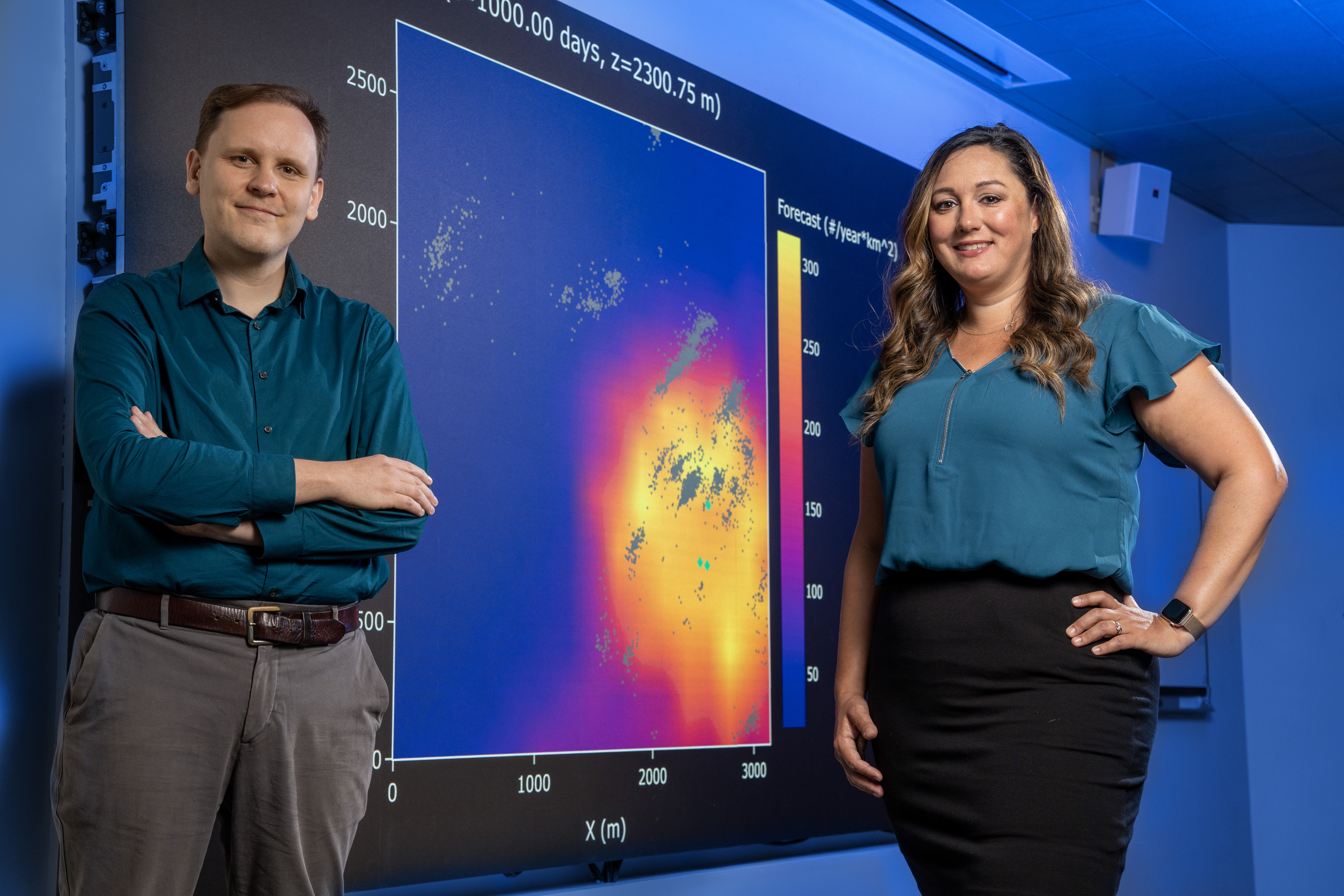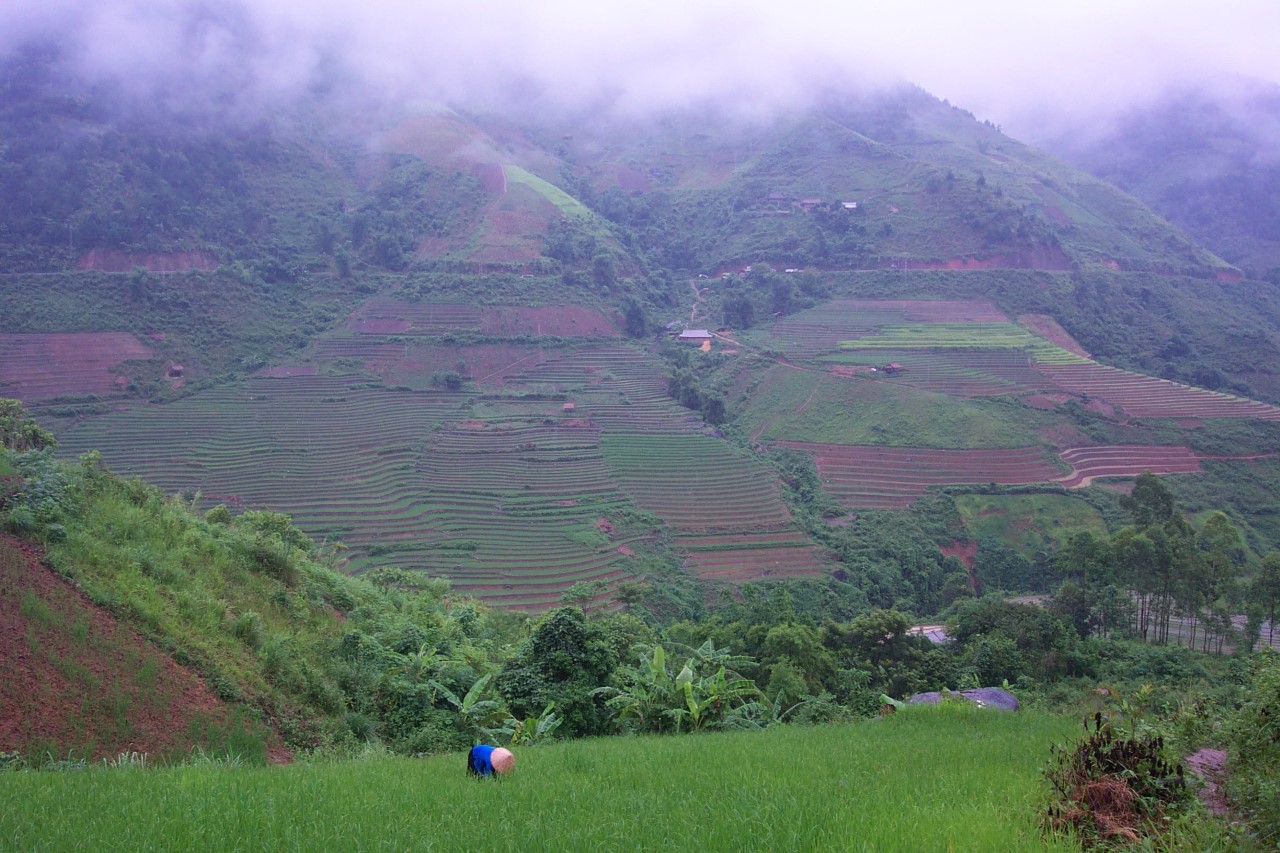New research published in the Proceedings of the National Academy of Sciences (PNAS) shows that models commonly used to shape climate mitigation need to include human behaviors and rules—and shows models can be adapted to do so
Tag: climate mitigation
Sandia successfully tests heat-powered system
Researchers at Sandia National Laboratories recently designed, built and lab-tested a device that can use the temperature difference caused by periodically pumping carbon dioxide down a borehole to charge batteries to someday power underground sensors.

Open-source toolkit quantifies induced seismicity hazard to reduce risks at carbon-storage sites
Lawrence Livermore National Laboratory (LLNL) has partnered with another national lab and a seismic instrumentation monitoring company to develop a physics-based seismic-forecasting software platform to help operators and regulators better understand and manage seismic hazards at carbon storage sites.
Will engineered carbon removal solve the climate crisis?
A new IIASA-led study explored fairness and feasibility in deep mitigation pathways with novel carbon dioxide removal, taking into account institutional capacity to implement mitigation measures.

FAU Lands $2 Million for ‘Center for Equitable Transit-Oriented Communities’
The center will focus on “Preserving the Environment,” to support the U.S. DOT’s climate solution and sustainability goals. The center will promote transit access, multimodal infrastructure, compact and efficient land use patterns, as well as resilience and climate mitigation and adaptation.
Social media data sheds light on air conditioning interest
A new study provides insight into consumers’ interest in home cooling by analyzing social media data.
Taking it to the streets: ORNL models climate solutions for U.S. cities
Oak Ridge National Laboratory researchers are deploying their broad expertise in climate data and modeling to create science-based mitigation strategies for cities stressed by climate change as part of two U.S. Department of Energy Urban Integrated Field Laboratory projects.
GW Experts Available to Discuss Extreme Weather and Climate Change
WASHINGTON (July 19, 2022) — Much of Europe has been hit by the latest record shattering heat wave. Such sweltering temperatures are part of global trends toward climate-fueled high temperatures that can lead to wildfires and damaging health consequences. The…
ORNL brings big science to address the climate challenge
Tackling the climate crisis and achieving an equitable clean energy future are among the biggest challenges of our time. Oak Ridge National Laboratory, the largest Department of Energy science and energy laboratory in the country, is deeply invested in the big science capabilities and expertise needed to address the climate challenge on multiple fronts.
Russian forests are crucial to global climate mitigation
A new study by IIASA researchers, Russian experts, and other international colleagues have produced new estimates of biomass contained in Russian forests, confirming a substantial increase over the last few decades.
Accounting for finance is key for climate mitigation pathways
A new study highlights the opportunity to complement climate mitigation scenarios with scenarios that capture the interdependence among investors’ perception of future climate risk, the credibility of climate policies, and the allocation of investments across low- and high-carbon assets in the economy.
Pinpointing high impact areas for ecosystem restoration
Restoration efforts can potentially be 13 times more cost-effective when it takes place in the highest priority locations, according to a new landmark study.

How to Tackle Climate Change, Food Security and Land Degradation
How can some of world’s biggest problems – climate change, food security and land degradation – be tackled simultaneously? Some lesser-known options, such as integrated water management and increasing the organic content of soil, have fewer trade-offs than many well-known options, such as planting trees, according to a Rutgers-led study in the journal Global Change Biology.
Rutgers Expert Available to Discuss Climate Change Impacts on Land, Wildfires and Solutions
New Brunswick, N.J. (Jan. 15, 2020) – Rutgers University–New Brunswick Professor Pamela McElwee is available for interviews on climate change impacts on land, including increasing wildfires such as in Australia and California, and solutions. She is scheduled to testify before…